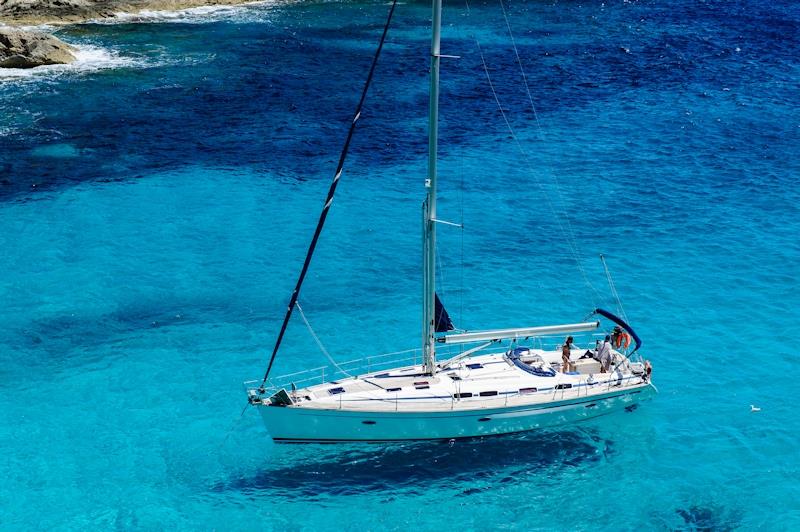
How to Anchor Your Boat the Eco-Friendly Way
by Naomi Copperweight 30 Jun 2022 11:00 UTC

How to set a boat anchor © upffront.com
Anchoring can be a necessary and efficient way to secure your boat in certain circumstances, but it can also damage the seabed if not done properly. There are eco-friendly ways to anchor your boat that will help preserve the seabed. By using these methods you can minimise the impact of anchoring on marine life and habitats.
The RYA and The Green Blue have a joint environmental awareness programme, and have developed several steps you can take to protect the seabed and avoid damage to your boat:
- Pick an anchorage away from seagrass, reefs, shellfish beds etc or the most sensitive areas.
- Ensure that you're not dragging your anchor by having an appropriate length of chain and warp. This will help reduce scouring of the seabed. If you think your anchor is dragging, raise it and re-anchor.
- If you think your anchor is holding well, keep checking it to ensure that it's not dragging.
- When leaving raise your anchor correctly. If the boat is pulling back from the anchor, you may need to slowly motor towards it as the crew pulls in the slack and raises the anchor.
- Choose an existing mooring over anchoring where possible.
Not only can you follow the steps above, but you can also be mindful on your approach with these following steps:
- Know your depth and draft
- Make sure to know the tides
- If you run into seagrass, try your best to avoid causing further damage with your engine.
So why is seagrass so important?
Seagrass is quite literally, the lungs of the ocean. Seagrass captures carbon up to 35 times faster than tropical rainforests and, even though it only covers 0.2% of the seafloor, it absorbs 10% of the ocean's carbon each year.
Anchoring your boat can be a great way to enjoy the water, but it's important to do so responsibly. By choosing an anchorage away from sensitive areas and using the appropriate length of chain and warp, you can help minimise scouring the seabed. If your anchor is dragging, raise it and re-anchor in a different spot; if it continues to drag, it might be time to choose a new anchorage altogether.
Responsible sailing means taking care of our oceans.
We have a large range of anchors for all boat types at upffront.com. If you have any questions about anchors and anchoring, please contact us at or to check out our range of anchors click the link below:
